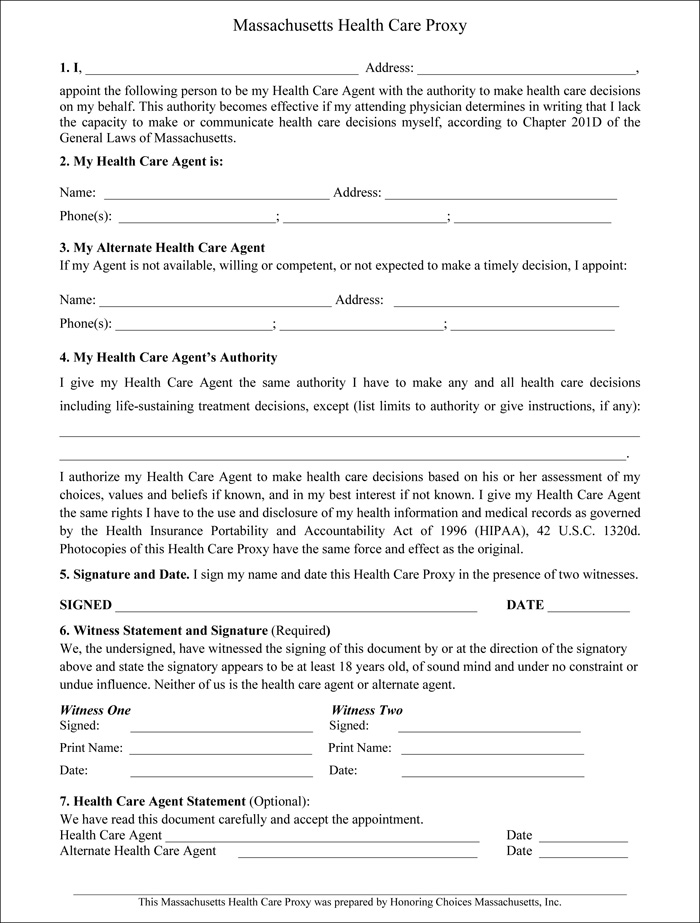Table of ContentsThe 10-Minute Rule for Health Care Policy - Boundless Political ScienceHealth Care Policy - Jama Network Things To Know Before You Get This8 Simple Techniques For Health-related Policies - Implementation - Model - Workplace ...
It would subsidize insurance premiums for individuals making up to 400% of the FPL ($ 88,000 for family of 4 in 2010) so their optimum "out-of-pocket" payment for yearly premiums would be on sliding scale from 2% to 9.5% of earnings. The law likewise plans to provide incentives for organisations to use health care advantages, forbid rejection of coverage and denial of claims based upon pre-existing conditions, develop health insurance exchanges, restrict insurers from establishing yearly protection caps, and provide support for medical research study.
Health care expenses are highly concentrated with the most costly 5% of the population accounting for half of aggregate health care spending. The bottom 50% of spenders account for only 3% of healthcare spending. This implies that what insurance coverage companies get from preventing the sick significantly outweighs any possible gains from handling their care.

Rather of supplying health security, the health insurance coverage industry had, considering that the 1970's, started to complete by ending up being threat differentiators. They sought to just guarantee individuals with good or regular health profiles and omit those considered to be or likely to become unhealthy and therefore less lucrative. According to a study from Cambridge Healthcare facility, Harvard Law School, and Ohio University, 62% of all 2007 individual insolvencies in the United States were driven by medical incidents, with (75% having had) health insurance.
Government-run exchanges might present info to help with contrast among competing plans, if readily available, however previous efforts at producing similar exchanges only produced combined outcomes. This requirement is anticipated to reduce the number of the uninsured from 19% of all residents in 2010 to 8% by 2016. Some analysts believe that the 8% figure of uninsured are expected to be mostly prohibited immigrants (5%), with the rest paying the great unless excused.
: This image depicts the number of uninsured Americans and the uninsured rate from 1987 to 2008. Some analysts have argued that the insurance coverage premium structure might shift more expenses onto more youthful and healthier people. Around $43 billion was invested in 2008 offering non-reimbursed emergency services for the uninsured, which the Act's advocates argued increased the average household's insurance coverage premiums.
The research studies recommend that making insurance coverage mandatory instead of voluntary will tend to bring more youthful, much healthier individuals into the insurance coverage pool, shifting the expense of the Act's increased costs onto them. The role of public health is to enhance the quality of society by protecting individuals from illness. Classify the organizations accountable for public health and good governance The remarkable boost in the typical life period throughout the 20th century is commonly credited to public health accomplishments, such as vaccination programs and control of lots of transmittable diseases.
What Is Healthcare Policy? - Top Master's In Healthcare ... for Dummies
These improvements consisted of chlorination of drinking water, filtering, and sewage treatment. Public health plays a crucial function in illness prevention efforts in both the developing world and in industrialized nations, through regional health systems and non-governmental organizations.: Of or pertaining to public health, the branch of a science dealing with the spread and control of diseases, bug, principles and so on.
The dramatic increase in the typical life period during the 20th century is commonly credited to public health achievements, such as vaccination programs and control of numerous transmittable diseases including polio, diphtheria, yellow fever, and smallpox; effective health and wellness policies such as roadway traffic safety and occupational security; enhanced household planning; tobacco control steps; and programs developed to reduce non-communicable diseases by acting upon recognized threat factors such as a person's background, way of life and environment - what home health care is covered by medicare.

These enhancements included chlorination of drinking water, filtration, and sewage treatment, which resulted in the decline in deaths caused by contagious waterborne illness such as cholera and intestinal tract diseases. Cutler and Miller in "The Role of Public Health Improvements in Health Advances" show how typhoid fever deaths in Chicago, Baltimore, Cincinnati, https://rivercountry.newschannelnebraska.com/story/42268615/addiction-treatment-center-offers-guidance-on-selecting-the-right-rehab-center and Cleveland declined after these American cities embraced chlorination, purification, and sewage treatment.
Modern public health is frequently worried with addressing factors of health across a population. There is recognition that our health is impacted by many aspects including where we live, genes, income, education and social relationships these are known as the social factors of health. A social gradient in health runs through society, with those who are poorest normally suffering bad health.
More recent public health policies seeks to attend to these health inequalities by advocating for population-based policies that improve health in a fair manner. Additionally, with the beginning of the epidemiological transition and as the prevalence of contagious illness reduced through the 20th Substance Abuse Center century, the focus of public health has actually recently relied on chronic diseases such as cancer and cardiovascular disease (what is the health care policy in the united states).
The World Health Organization (WHO) is the worldwide firm that collaborates and acts on global public health concerns. Many nations have their own federal government public health firms, often called ministries of health, to react to domestic health problems. For example in the United States, the cutting edge of public health efforts is state and local health departments.
Some Ideas on How Healthcare Policy Is Formed - Duquesne University You Should Know
In Canada, the Public Health Company of Canada is the nationwide firm responsible for public health, emergency situation preparedness and action, and contagious and persistent illness control and avoidance. The public health system in India is handled by the Ministry of Health & Family Welfare of the federal government of India with state owned healthcare facilities.
One area of quick development and vibrant change within the health care industry is that of health care policy. what does cms stand for in health care. In the existing regulatory environment, health care policy is growing to cover whatever from the style and implementation of health insurance prepares to the performance and operations of major hospitals and the regulations that keep patients, hospitals, and prescription drugs safe.
Therefore, this area of policy concentrates on the style and cost structure of medical insurance plans, federal government insurance programs, public health treatments and policies, and guidelines governing the operation of health centers and centers. The vast majority of health care policy professionals work as budget plan or policy experts within federal or state federal government.
When new or revised policies are required, experts will draft proposed modifications that may then be sent to the legislature for evaluation, debate, modification, or enactment. Budget analysts also deal heavily with healthcare policies, though their task is to make sure that these policies are fiscally sustainable over the medium-term and long-term.
The healthcare market needs a lot of its experts, even those who operate in policy rather than in patient-facing positions. To start in a policy position, experts need to have at least a bachelor's degree in public policy, public administration, public health, or another field that offers some mix of healthcare and public policy skills.
Candidates who want to enhance their standing for a competitive policy task need to also be able to show a postgraduate degree in a field related to this position. The most common of these is a Master of Public Administration degree, but lots of aspiring policy experts and https://www.wrcbtv.com/story/42219944/addiction-treatment-center-offers-a-guide-to-choosing-the-right-rehab-center spending plan analysts have pursued Master of Healthcare Administration degrees, Master of Accountancy degrees, or perhaps a healthcare-focused MBA.